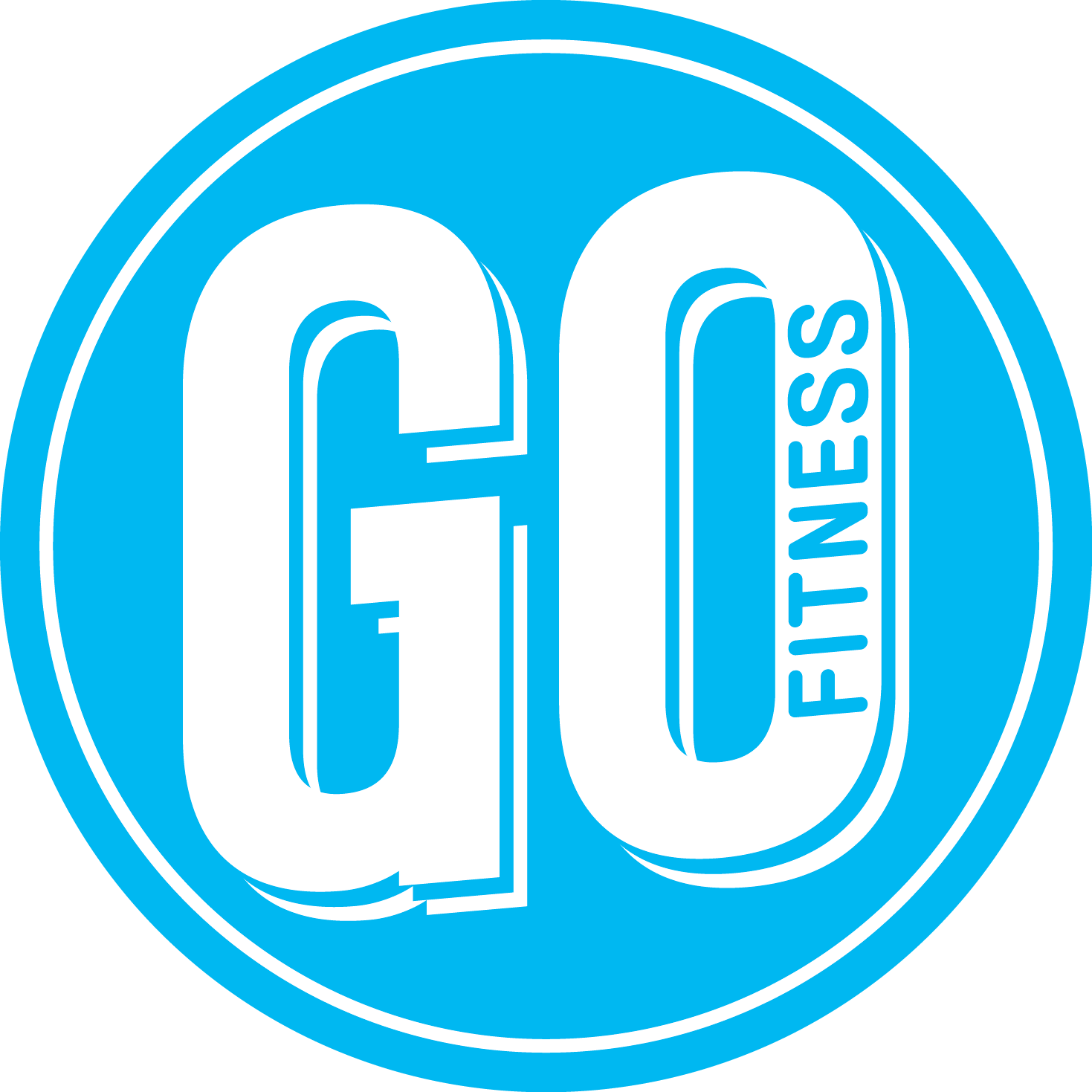Feeling a Bit Wobbly? Here’s Why Balance Training Belongs in Your Routine
Recently, I’ve had a lot of people ask me, “Is it important to work on your balance?” or “Why is balance such a focus in our training sessions?” The truth is, balance is one of those sneaky essentials in fitness that often gets overlooked, until it becomes a problem. Whether you’re walking on an uneven surface, getting up from the floor, or standing on one leg to put your socks on, balance plays a role in almost everything you do. And it doesn’t matter how strong or flexible you are - if your balance is off, your risk of falls, injury, and everyday frustrations goes way up.
Training your balance isn’t about standing on one leg for hours. It’s about creating small, consistent challenges that teach your whole body to adapt and respond (not just your feet!). Whether you're in your 20s or your 70s, good balance lays the foundation for strength, movement, and long-term health.
Here’s why working on your balance is so important:
✔️ It improves body awareness – Balance training helps your brain and muscles communicate better, so you move more efficiently and react quicker.
✔️ It prevents injury – Good balance can help you catch yourself when you trip, recover from awkward movements, and reduce strain on joints.
✔️ It supports strength and stability – Balance isn’t just about standing still. It activates your deep stabiliser muscles, which are essential for good posture, joint support, and moving with control.
✔️ It boosts confidence – Feeling steady on your feet makes a huge difference in how confidently you move through workouts, activities, and everyday life.
Simple ways to work on balance in everyday life
Balance shows up more than you might think - like carrying groceries, going downstairs with a laundry basket, reaching for a high shelf, or playing on the floor with kids. The stronger your balance, the easier and safer these moments become.
The good news is, you don’t need to carve out a separate workout to improve it - there are plenty of simple ways to sneak in balance training. Micro-movements like the ones below help improve stability over time and keep your body engaged in everyday tasks:
🔸 Stand on one leg while brushing your teeth or waiting for the kettle to boil
🔸 Try getting dressed while standing (e.g., putting on socks or shoes without sitting down)
🔸 Walk heel-to-toe in a straight line across the room like you're on a balance beam
🔸 Practice standing up and sitting down from a chair without using your hands
🔸 Take a walk on varied terrain like grass, sand, or trails to challenge your balance naturally
How to add balance into your home or gym workouts
You don’t need fancy equipment or complicated moves to train balance effectively. Small, consistent balance exercises - like standing on one leg, including balance-focused moves in Pilates, or challenging your body by adding instability to your strength work - can make a big difference.
That might mean doing a shoulder press while standing on one leg, performing squats on an unstable surface like a balance pad or BOSU ball, or holding a single dumbbell on one side of your body during exercises like farmer’s carries or lunges. These variations force your core and stabiliser muscles to work harder to keep you aligned and in control.
Need help getting started?
If you’re unsure where to begin or want some personalised guidance, get in touch with myself - a qualified Personal Trainer/Pilates Instructor. I can help you build a balanced program that suits your body, your goals, and your lifestyle.
Start small, stay consistent, and you’ll be surprised at how much stronger and more stable you feel — both in your workouts and in everyday life.
